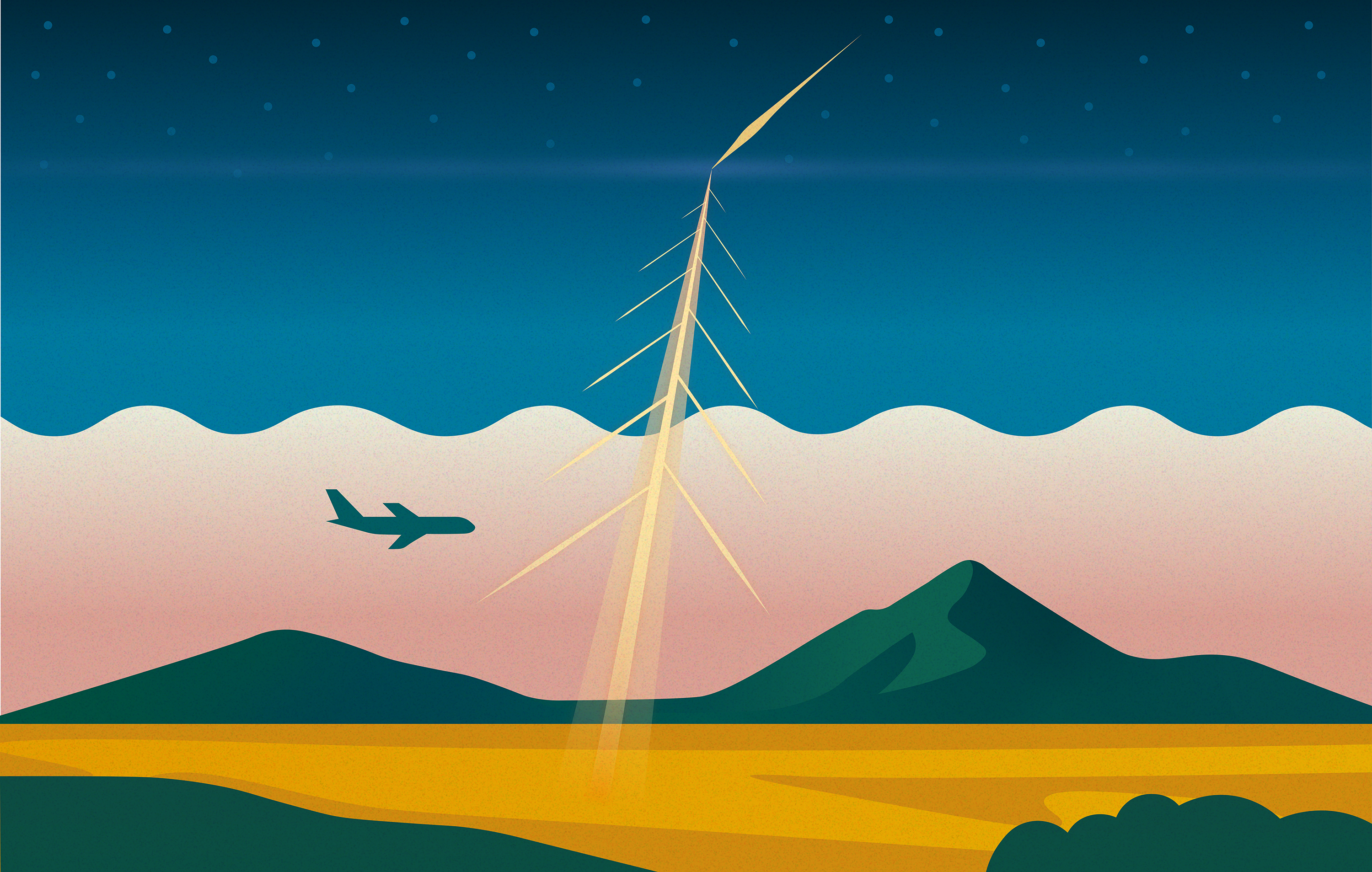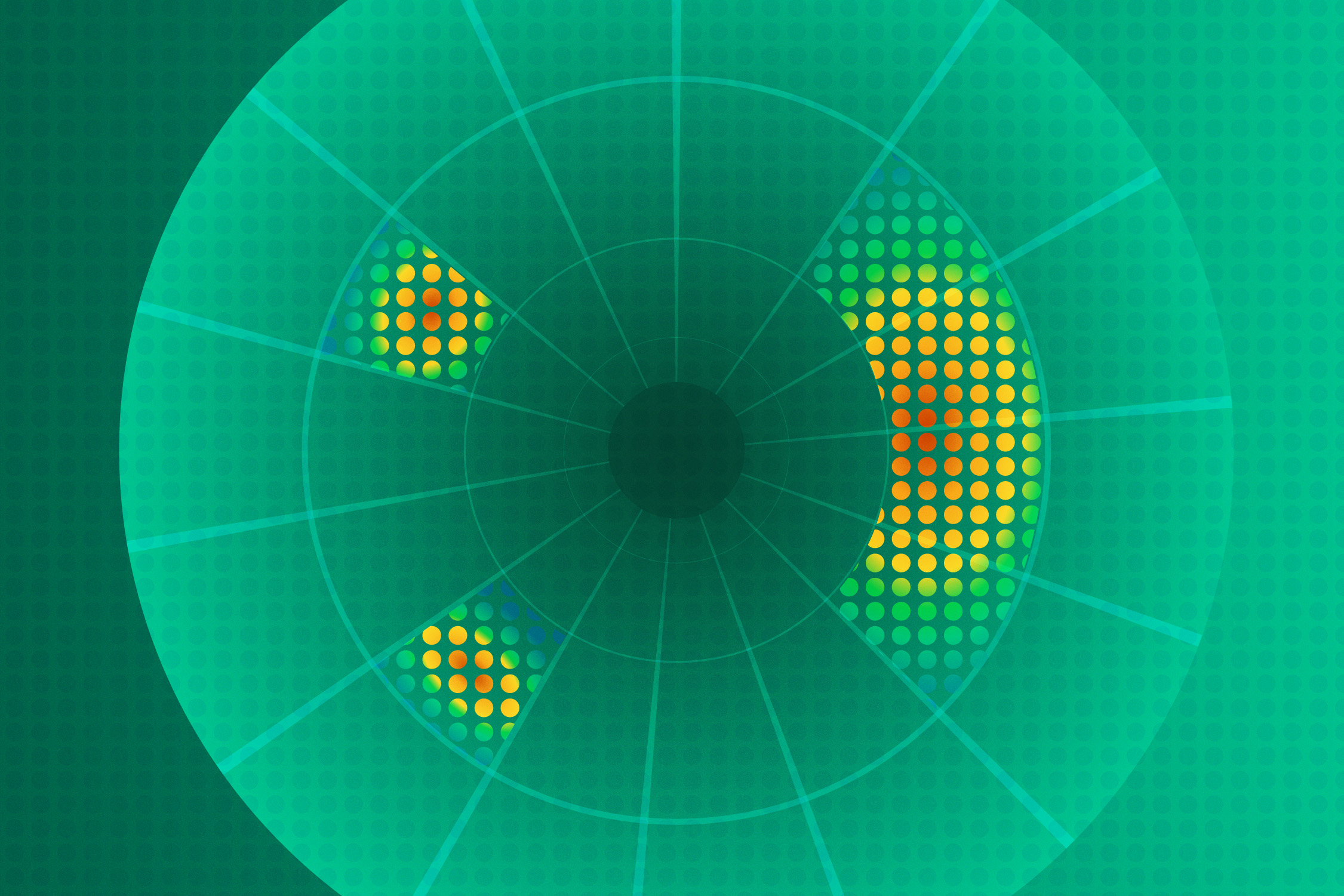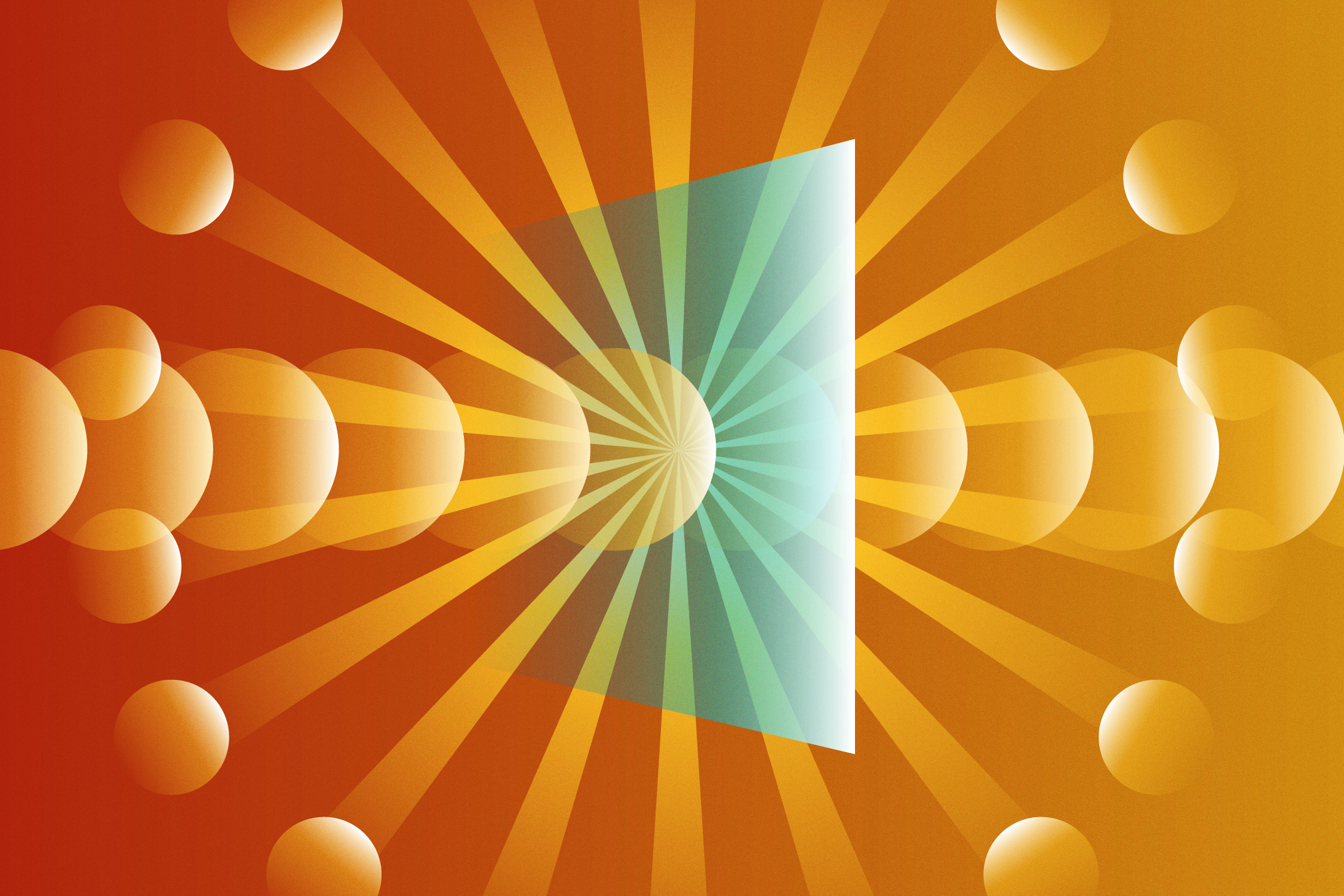Getting to Know Our Neighbors
Los Alamos continues its legacy of space exploration by helping build a better rover.
- Eleanor Hutterer, Editor

For hundreds of years earthlings were the kind of solar-system neighbors who stayed home, peeking through their curtains and listening at their doors. But in 1997 that changed, and humans became the kind who stride across the lawn and ring the bell. Or, more aptly, the kind who thrill in sending a drone-mounted GoPro to scope out neighbors’ yards and peer through their windows.
Humanity’s previous exploration of Mars consisted of distant or limited observations, first by way of earthbound telescopes, then spacecraft fly-bys, followed by relatively primitive orbiters, and finally sessile landers. In 1997, the rover Sojourner made the first tracks on the Red Planet, roaming for about three Earth-months before contact was lost. (That may seem like a short period, but it was more than 10 times the intended mission duration.) In 2004, twin rovers, Spirit and Opportunity, with improved instrumentation and longer life expectancy, began their missions on Mars—11 years later Opportunity is still going, having survived more than 45 times over its original mission duration of three Earth-months. Curiosity, the latest rover to land on the fourth rock from the Sun, began its exploration in 2012 as part of NASA’s Mars Science Laboratory project and is still trundling about, investigating Martian climate and geology.

A key instrument riding on Curiosity is the Los Alamos-designed ChemCam, which rapidly analyzes surface materials via a technique also developed largely at Los Alamos, known as laser-induced breakdown spectroscopy, or LIBS. Basically it zaps a rock with a laser then analyzes the colors that make up the resulting flash, from which it can infer the chemical composition of the rock. That is the chemistry, or Chem, in ChemCam; the Cam is a remote micro-imager that provides high-resolution black-and-white images of the sampled targets. In its first few years of operation ChemCam has examined thousands of samples in the interest of determining the presence or history of water on Mars and the suitability of the surface for eventual human explorers.
Sometime in 2020, an as-yet unnamed rover bearing a next-generation, souped-up ChemCam, called SuperCam, will join Opportunity and Curiosity on Mars’s dusty surface. What makes SuperCam super lies in both the Chem and the Cam. First, while ChemCam produces black-and-white images, SuperCam’s images will be in high-resolution color. Second, SuperCam will combine LIBS with Raman and infrared spectroscopy. Whereas LIBS reveals the elemental composition of a rock, that is, whether it is made of silicon, iron, or carbon, Raman and infrared spectroscopies reveal the mineral make-up of the rock, for example, whether it is feldspar, quartz, or olivine. Raman spectroscopy is based on light scattering and requires a different color, lower-energy laser than LIBS, so instead of a bright flash it produces a soft glow. Cleverly, the LIBS laser is being engineered so that it can switch modes and produce the beam needed for Raman spectroscopy too, helping to reduce the weight and complexity of the instrument. The infrared spectrometer, which observes the rocks in a much longer wavelength range than what human eyes see, will provide mineralogy data that complement the Raman data.
SuperCam’s instruments will all rely on a calibration target assembly. These are small samples of rocks, a library of sorts, which are mounted on the back of the rover within sight of the laser. The identity and composition of each sample is known so an instrument can measure the known samples to calibrate itself before collecting readings from unknown materials. Some of the calibration targets occur naturally on Earth—like the igneous feldspar. Others, though, are mimics of Mars rocks created from earth materials based on what SuperCam’s designers know so far about Martian geology.

“SuperCam is a primary science tool as well as a reconnaissance tool for other instruments,” says Roger Wiens, Los Alamos planetary scientist and SuperCam project leader. In addition to the LIBS, Raman, and infrared analyses, the data that ChemCam and soon SuperCam gather can identify which samples ought to be examined by some of the other instruments in the rover’s payload. One of these other instruments, new for the 2020 rover, is called SHERLOC (Scanning Habitable Environments with Raman and Luminescence for Organics and Chemicals). It is a tool for detection of organic matter and mineralogical analysis that uses an ultraviolet laser and relies on a Los Alamos-designed-and-built detector.
Turning momentarily to our other next-door neighbor, simulation experiments at Los Alamos have also proven the viability of a SuperCam-like instrument on a Venus lander. Whereas Mars is farther from the sun than Earth, and therefore cooler, Venus is closer to the Sun and hellishly hot. At 860°F and 90 times Earth’s atmospheric pressure, the surface of Venus makes the inside of a pressure cooker look downright balmy. So the instrument on Venus would have to operate from within a protective pod, shooting its laser through a transparent window, similar in concept to a deep-ocean exploration vessel. Los Alamos ChemCam co-investigator Sam Clegg tested a SuperCam prototype under two sets of Venus-like conditions and showed that, while the instrument would necessarily be short-lived (it would melt after a few hours), it was capable of rapid operation in that time frame and could therefore prove useful. Although the United States has not yet landed a spacecraft on Venus (in 1970, Venera 7, a Soviet lander, was the first), NASA is continually exploring the idea of a future Venus lander. Clegg and Wiens have shown that a SuperCam-like instrument would be invaluable for helping scientists understand how Venus got so hot and how its atmosphere got so thick.
But for now their main focus is on being ready for Mars in 2020. They’ve proved the science and are busy building prototypes. Making everything smaller and more rugged is the key. Every component has to survive the vibration of launch and the impact of the explosives used during landing, which is tantamount to hitting the thing it’s mounted on with a big hammer. Once there, it all has to function flawlessly in the extreme Martian landscape for as long as possible. So there is an incredible amount of engineering, testing, and perfecting to be done. Five more years may seem hardly enough time, but the SuperCam team and SuperCam itself will be ready.
Searching our planetary neighbor’s yard for signs of ancient life is part of the Mars 2020 rover’s mission. And because we’ve let ourselves in, and it appears that no one is home, exploring it as possible new real estate for humanity is the biggest thrill of all.
People Also Ask
How much of space have we explored?
Hardly any. Humans have walked on Earth and the Moon, sent rovers to Mars, sent landers to Mars and Venus, and sent orbiters to Mars, Venus, Jupiter, Saturn, Uranus, and Neptune, all within our solar system. Two space probes, Voyager 1 and Voyager 2, both launched in 1977 and still traveling, are the only human-made objects that have reached interstellar space. Our solar system is just one of potentially billions of solar systems in the Milky Way galaxy, and the Milky Way is just one of an estimated 2 trillion galaxies in the universe.
Is there water on Mars?
Yes, Mars has water in the form of ice at the planet's poles and under its surface. Scientists have abundant evidence that there used to be large quantities of liquid water on Mars as well, which formed rivers, lakes, and oceans.








